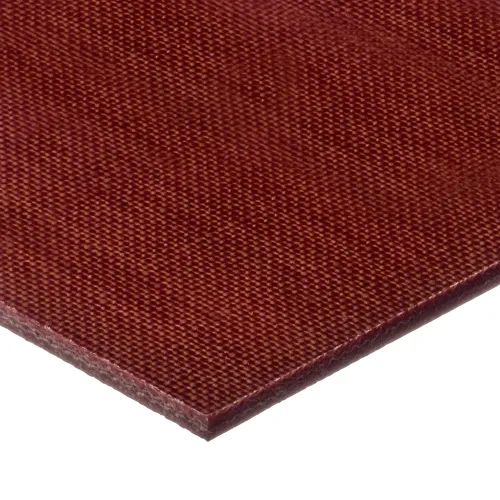There does seem to be a sea change, and i can't tell if people are piling on the "garolite LE" bandwagon because so many people didn't know the difference, of if Garolite now makes other products? I actually searched before making my last post, to see if "Is Garolite a company name" "Is Garolite a brand name" "who makes Garolite?" Every legitimate response noted WTTE "
G-10 or
garolite is a high-pressure
fiberglass laminate, a type of
composite material.
[1] It is created by stacking multiple layers of
glass cloth, soaked in
epoxy resin" This is my familiarity, and awareness from decades on a machining site. I will repeat that if at least up until last year

if you said Garolite on a machining site, the general assumption was that you meant G10/G11 glass fiber; or possibly G9.
However, i finally found another site that seems to support your awareness:
Garolite is a high-pressure composite material, created by layering fibers, fabric, or paper with an epoxy or resin, then laminating under heat and pressure. Composites have the benefit of being lighter than metal, but strong and more rigid than plastic.

www.fixsupply.com
I still can't find anything on the company, but don't really have time to search.
Repeating my main point again as well which was not about semantics; it's about common usage, at least until recently: if you know what you are ordering from who, then it does not matter. If you are getting advice on a forum, have not used a product before, and are not product aware of the various formulations of laminated sheet, using the term "Garolite" can be risky especially if ordering on, say eBay.
For the OP's use, i believe specifying
rolled linen phenolic (LE) rod is the correct material. If a company called Garolite makes that, great!
But being clear about the spec can save someone unfamiliar with it some possible wasted time, and perhaps effort with a product that might not be what everyone else meant, from either direction.
Have you used the MC product?
I still have some/ have not needed any to cost compare with other sources.
smt





